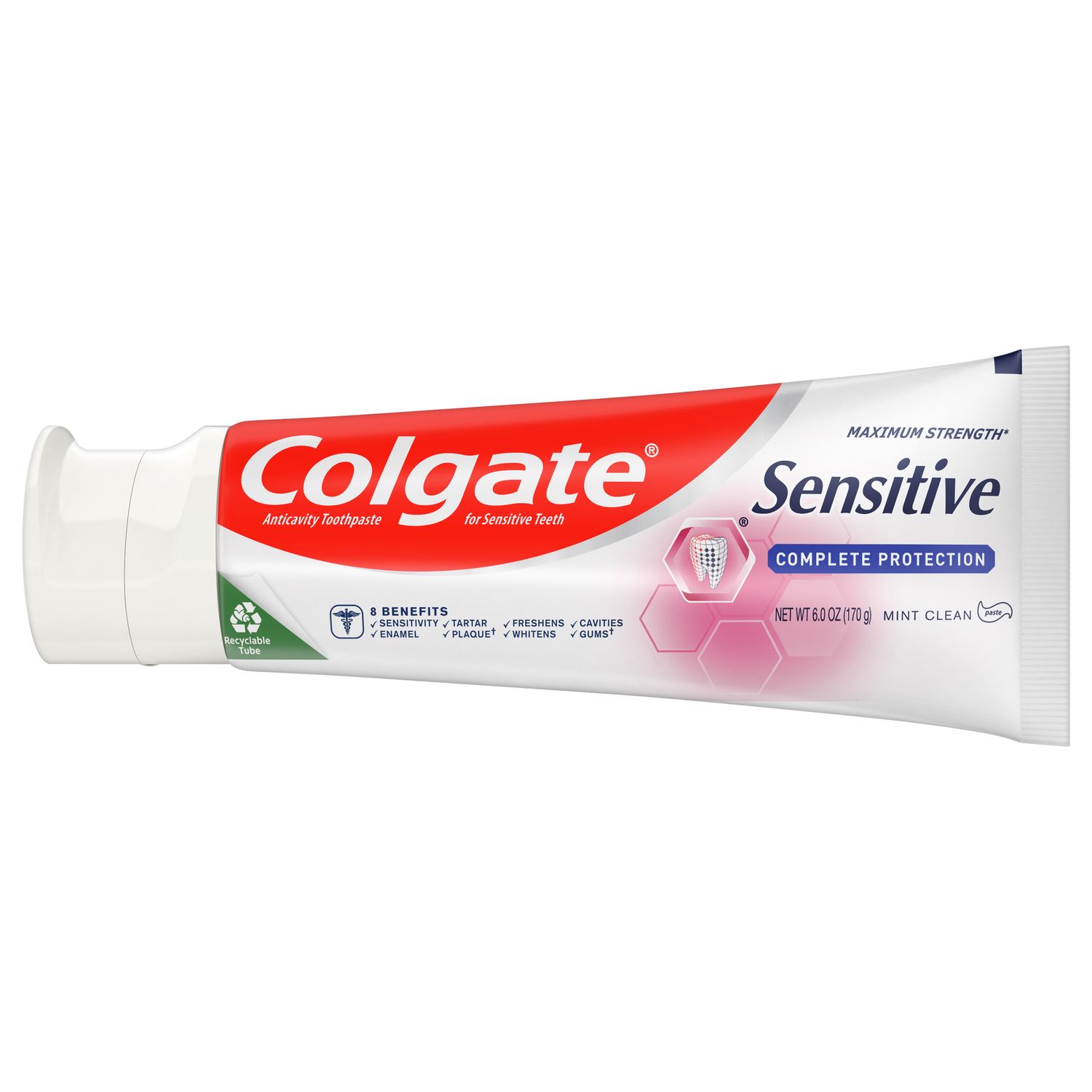
Dentin hypersensitivity is a common but underreported condition that can have a significant impact on our patients’ quality of life, oral hygiene, and oral health outcomes. Here, we explore the impact of dentin hypersensitivity in the chair and discuss how dentists can help.
The silent condition
Dentin hypersensitivity is a short, sharp pain in response to an external stimulus — typically chemical, thermal, tactile or osmotic — that cannot be attributed to any other dental defect or disease. It is believed to be caused by exposure of the dentin and subsequent removal of the organic smear layer that plugs the dentin tubules, narrow channels that lead to the pulp chamber. In the absence of the smear layer, fluid within the tubules is affected by external stimuli, exciting the pulpal nerve fibers and causing a sharp pain.
Estimates on the prevalence of dentin hypersensitivity vary, but it is believed to be high across Europe, the United Kingdom, the United States, and Canada. However, despite the substantial discomfort and reduced quality of life that this condition can cause, as many as 50% of sufferers do not disclose their symptoms to their dentists, leading some to speculate that the true prevalence may be even higher than we think.
The implications of suffering in silence go beyond discomfort and inconvenience. Sufferers may be discouraged from performing oral hygiene due to the pain of sensitivity. Pain can also strike in the chair, leading to treatment interruption, anxiety, and future treatment avoidance. This can lead to worse oral health outcomes for the patient, creates a difficult working environment for the dentist, and may damage the relationship between the two.
With this in mind, proactively enquiring about dentin hypersensitivity prior to every treatment would be of great benefit to both the patient and the provider.
How to help your hypersensitivity patients during treatment
So you’ve asked and identified that your patient may well be suffering from dentin hypersensitivity. What can you do to make the treatment experience more comfortable for them (and for you)?
For immediate relief, try a topical serum like Colgate Professional Sensitivity Relief Serum (sold as Colgate Anywhere, Anytime Sensitive Relief Serum in some markets). It uses Pro-Argin Technology to rapidly seal the dentin tubules, preventing the stimulation of nerve fibers responsible for hypersensitivity pain.
Because Pro-Argin Technology provides relief in just one minute, Colgate Professional Sensitivity Relief Serum can be administered to the patient immediately with no delay to treatment. With their pain appropriately controlled, the patient benefits from a comfortable treatment with reduced anxiety, and you can proceed on schedule. The patient leaves your practice less likely to avoid future oral and dental care, and the dentist-patient relationship is strengthened by your consideration of their needs. They can also take the rest of the product with them, providing on-the-spot relief whenever sensitivity strikes.
For long-term management of dentin hypersensitivity, consider recommending a Pro-Argin toothpaste, such as Colgate Sensitive Pro-Relief Toothpaste (Canada), Colgate Sensitive Instant Relief Toothpaste (UK), or elmex Sensitive Professional Toothpaste in Europe.
Pro-Argin Technology combines arginine (an amino acid naturally found in saliva) and calcium carbonate. In addition to rapidly blocking the dentin tubules for superior occlusion, arginine and calcium work together to form a durable mineral-rich layer over the dentin surface, shown to remain strong even when exposed to repeated acid attacks. Docimo et al. observed that this effect was sustained at eight weeks of use, offering long-term relief from hypersensitivity pain.
When it comes to dentin hypersensitivity, immediate relief and long-term treatment are a winning combination. Pro-Argin Technology can help you to achieve both, delivering better long-term oral health outcomes and strengthening the dentist-patient relationship.
Join us
Get resources, products and helpful information to give your patients a healthier future.
Join us
Get resources, products and helpful information to give your patients a healthier future.










